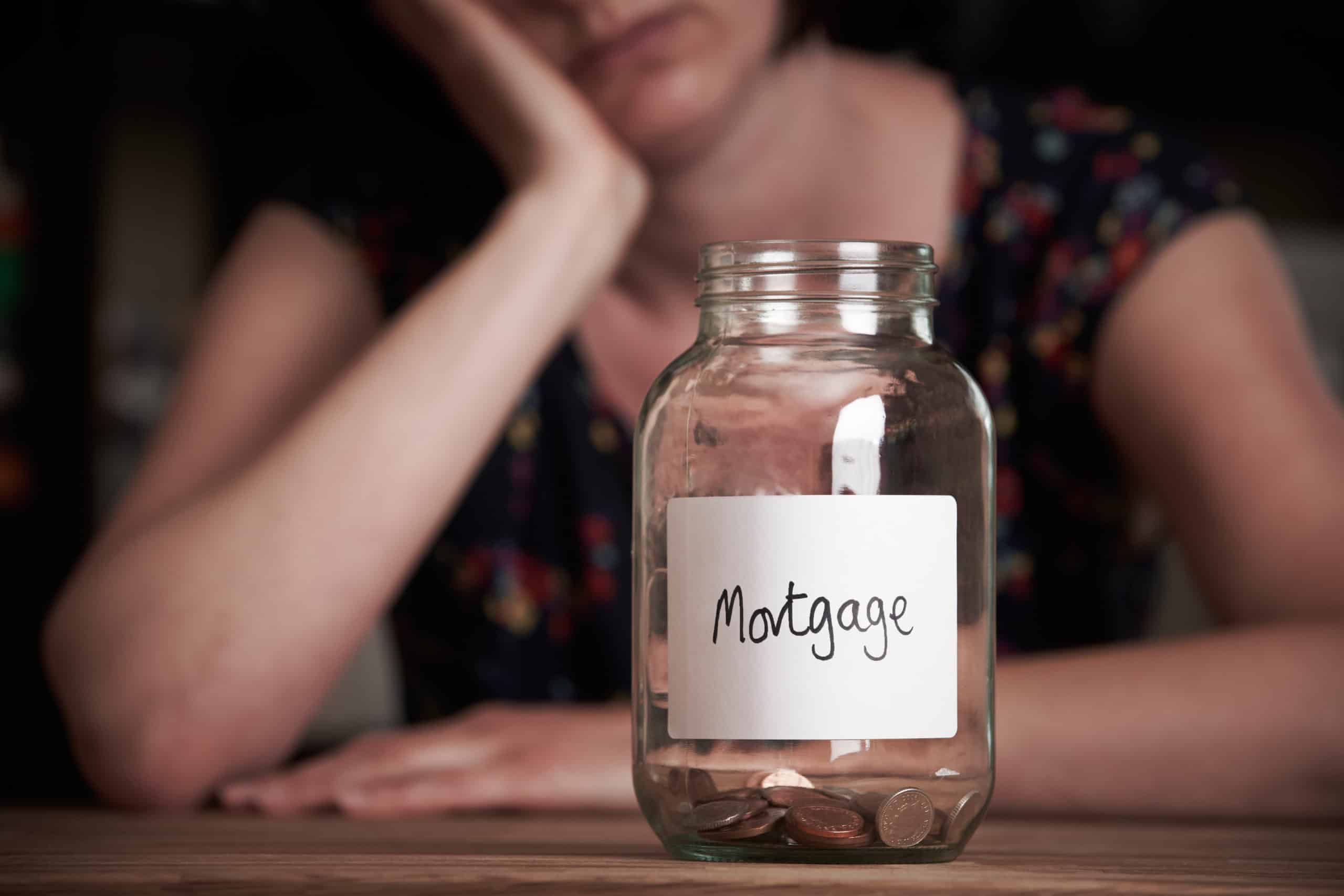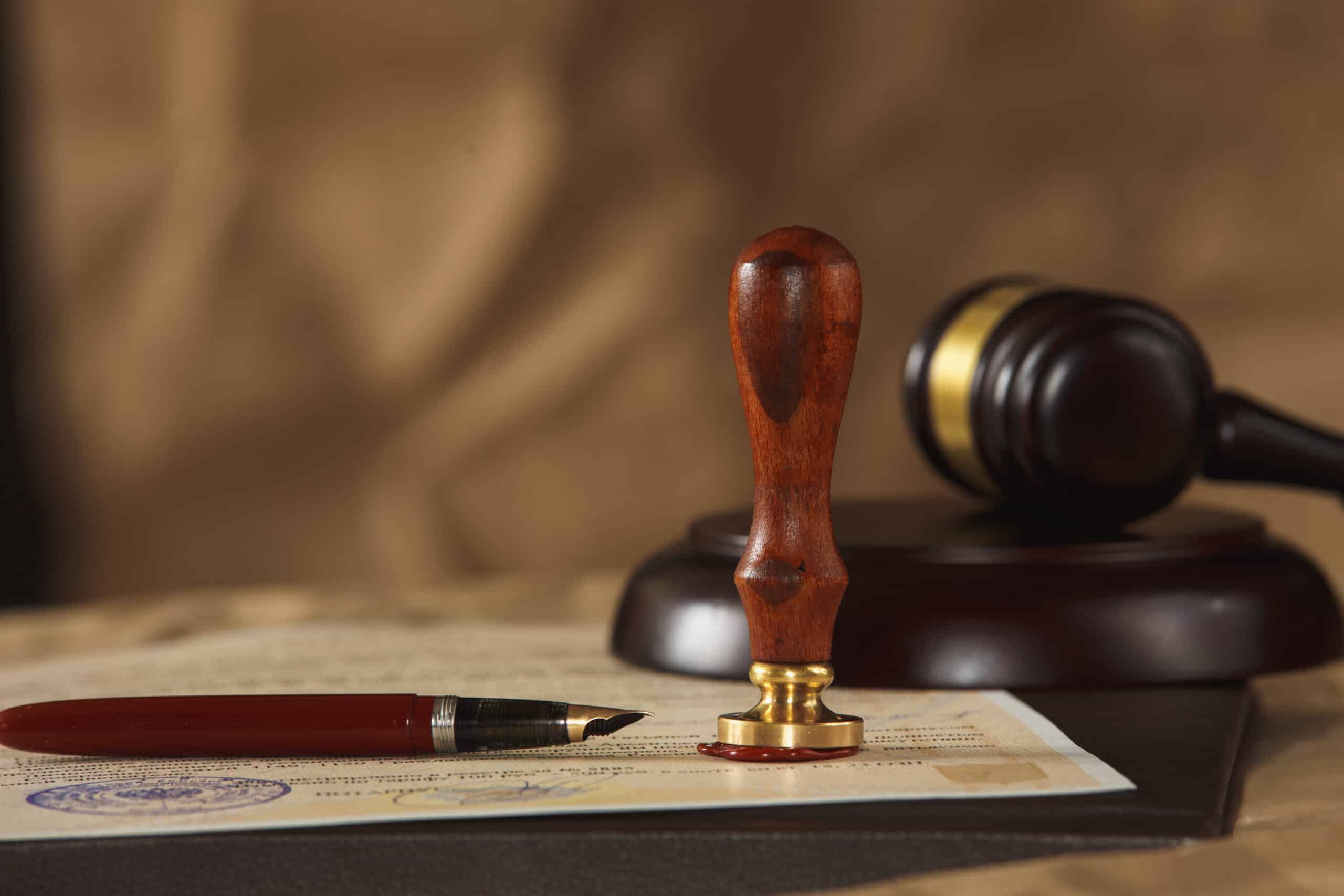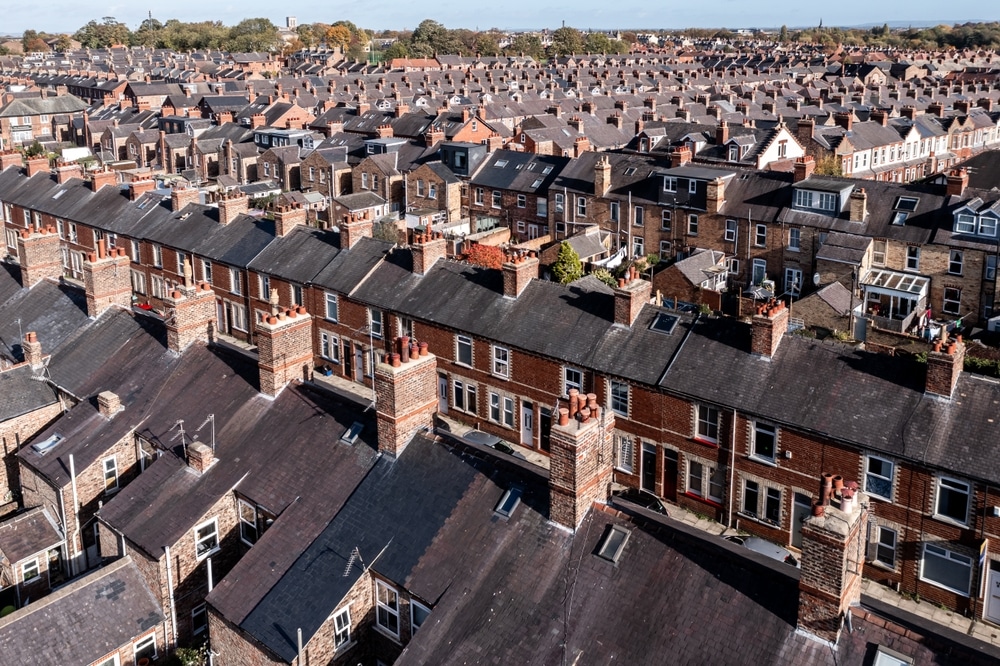News, tips & advice.
The latest property news.
- FREE cash offer within minutes

Featured Article
Will Cash House Buyers Kick Out My Tenants?
We explore what cash house buyers do and address whether they will kick out your existing tenants when selling your tenanted property.
Free cash offer within minutes, any condition, any location.

Why Moving Out During a Divorce Could Be a Big Mistake
You may be tempted to leave the family home to escape the tension and stress of divorce, but is it the right decision? Learn more here.

What is Porting a Mortgage?
When you move, porting a mortgage is absolutely key. But what does it mean? Find out everything you need to know here.

How To Split a House During a Divorce
To relieve some of the pressure that comes with divorce, we explore some useful first steps when dividing up your matrimonial assets.

How to Sell an Inherited House
Have you recently inherited a property through probate that you want taken off your hands? Sell your house fast to us, today.

Is It Difficult to Rent in Swansea?
Often, finding somewhere to live is difficult whether you are looking to rent or buy. Let's take a look at the market in Swansea.

Is It Difficult to Rent in Sunderland?
The rental market across the UK is a nightmare at the minute - but where is it best? We take a look at what it's like to rent in Sunderland right now.

Can the Government Help Me Pay My Mortgage?
Falling behind on your mortgage payments can be stressful and scary. Find out how the government help with mortgage here.

Why Should You Live in Wigan?
If you’re currently on the fence about living in Wigan, then this article is for you. Learn everything you need to know about the area.

Do Auction Houses Take a Percentage of Sales?
Exploring your options for selling your home fast? Learn about auction houses and the potential fees you may have to pay.
Free cash offer within minutes, any condition, any location.

"Faultless"
I found the whole process faultless. Right from my initial enquiry the communication I received was excellent, all the way through to the completion of the sale of my property. I would be happy to recommend We Buy Any Home.
As featured in





Get a free cash offer today
Enter your details below
"*" indicates required fields







